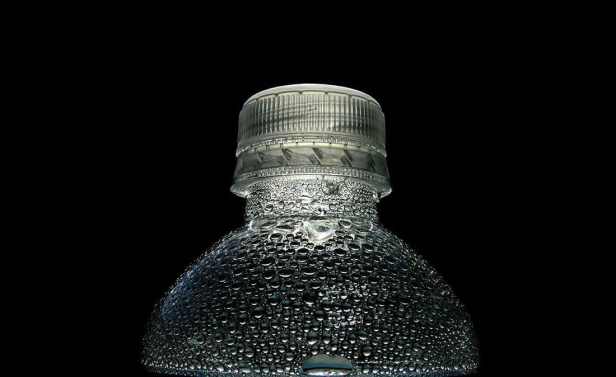FDA delays setting limits on PFAS in bottled water
By Ryan Felton | Consumer Reports | October 28, 2020

Read the full article by Ryan Felton (Consumer Reports)
“The Food and Drug Administration is declining to set limits for potentially toxic chemicals in bottled water, despite pressure from consumer advocates and a major industry group—a decision the agency justifies in part by pointing to a now-outdated analysis that employed limited testing methods, a review of FDA documents by Consumer Reports shows.
The chemicals in question—a group of approximately 5,000 compounds known as PFAS (per- and polyfluoroalkyl substances) that are used for the manufacture of many products—are linked to an array of health problems, including learning delays in children and cancer.
The International Bottled Water Association, an industry group that represents bottlers including Danone and Nestlé, first called on the FDA to set limits for PFAS in a letter in early November 2019. The group told the FDA that it shouldn’t wait on the Environmental Protection Agency, which is in the process of studying PFAS, to set standards for tap water.
It also suggested that the FDA, which regulates bottled water, enact an enforceable limit of 5 parts per trillion (ppt) for one PFAS compound and 10 ppt for multiple PFAS. (For context, 1 ppt is the equivalent of one grain of sand in an Olympic-sized swimming pool, according to some estimates.)
But the agency responded by letter in December that it would be unnecessary—at least for now—to set a limit for PFAS chemicals in bottled water. ‘Establishing a [standard] for PFAS in bottled water at this time would not significantly enhance FDA’s mission of public health protection,’ said the letter, which was signed by Paul South, director of the FDA’s division of plant products and beverages.
CR obtained a copy of the letter (PDF) through the Freedom of Information Act after the IBWA referenced it in a statement published last month following an investigation by CR, which tested 47 bottled waters and detected PFAS in most of the products…”
This content provided by the PFAS Project.
Location:
Topics: